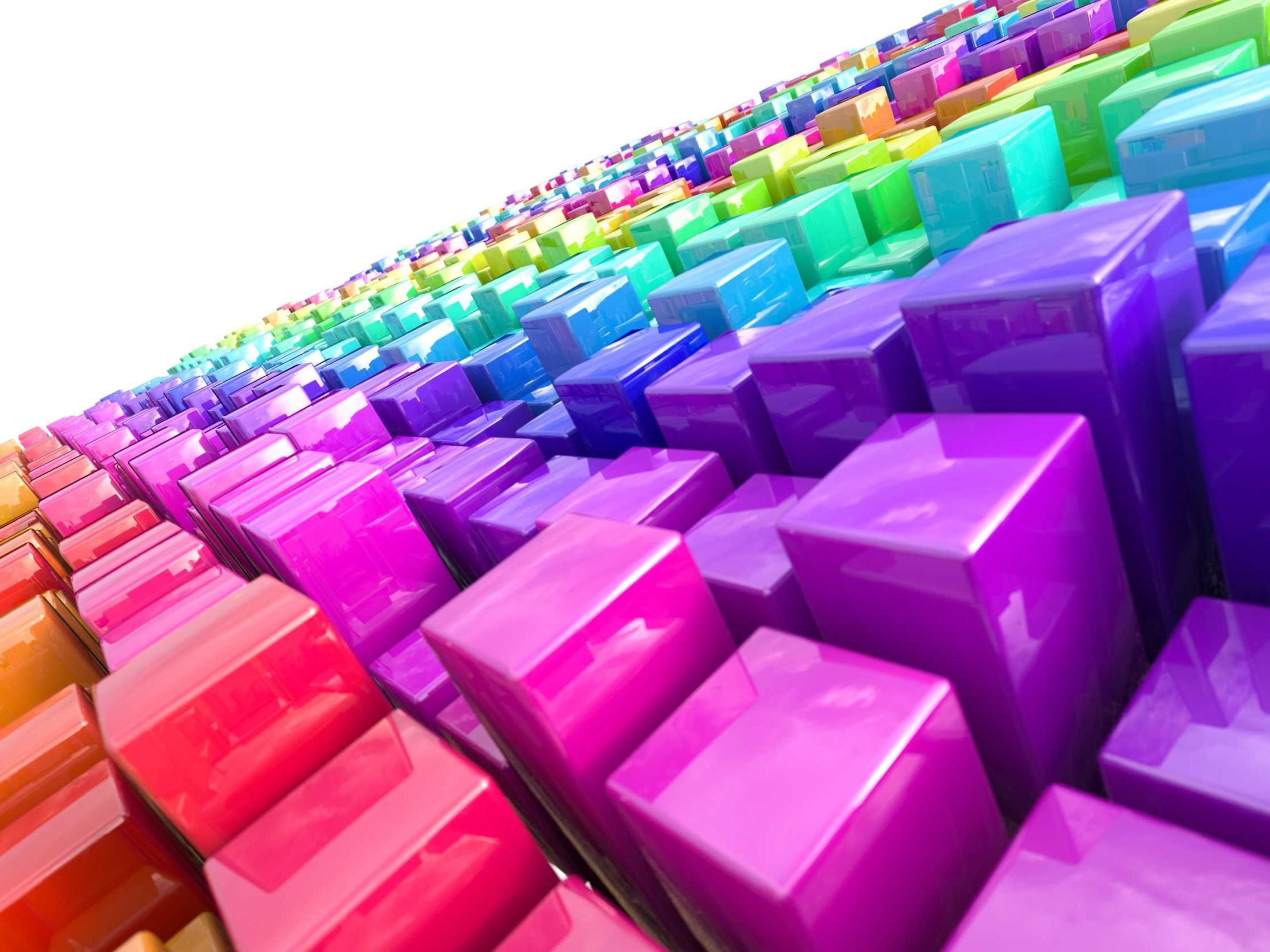
Chapter 1: Why do plastics need to be colored?
1. Color is not just for beauty;2. Distinguishing: For example, the red button represents "emergency stop" and the blue lid represents "cold water";
3. Brand: Coca-Cola's red and Sprite's green have become brand logos;
4. Improving safety: Road cones use bright orange to remind drivers to pay attention.
5. Attracting attention: Especially in toys or packaging, bright colors can attract the eyes of children and customers.
Therefore, coloring plastics is a kind of "visual language".
Almost all types of plastics can be dyed, such as: PE: plastic bags, buckets; PP: lunch boxes, bottle caps; PVC: pipes, raincoats; PS: toys, packaging boxes; PC: glasses, water cups;
Chapter 2: What can I use to change the color of plastics?
1. Pigment is one of the most traditional and commonly used methods. It is a solid particle that is insoluble in plastic. It is dispersed in a plastic-like powder and will not react with plastic. Advantages: low cost, rich colors, and strong durability; Disadvantages: Some colors are not bright enough and cannot emit light. Pigments are divided into two categories:Organic pigments: bright colors and many types;
Inorganic pigments: heat-resistant and light-resistant, such as titanium dioxide (white), iron oxide (red, yellow);
2. Dye is a coloring material that can be dissolved in plastic. It is often used in plastics such as PC transparent cups and acrylic accessories. Advantages: uniform color, suitable for transparent effects. Disadvantages: not light-resistant, easy to fade, and the color is not as durable as pigments.
3. Masterbatch is a small particle made by mixing fluorescent pigments, dyes, and some additives into a plastic carrier, which is used to "color" plastics. It is like a "color capsule", easy to operate and easy to control the dosage. Advantages: stable color, good dispersion, suitable for mass production; Disadvantages: slightly higher price, need to be customized.
Fluorescent pigments have several super advantages and are very suitable for coloring plastics:
Bright colors, super conspicuous;
Suitable for injection molding, extrusion, blow molding and other plastic processes;
Easy to disperse in plastic substrates;
High stability (especially the series designed for plastics);
Chapter 3: How to use fluorescent pigments correctly in plastics?
1. Pay attention to the amount of addition: In opaque plastics, fluorescent pigments mainly show surface effects, usually added in an amount of 0.5%~2%; in transparent plastics, the amount of addition can be appropriately increased, and the effect is more obvious.2. Choose the right type: Different plastics require different dedicated fluorescent pigments. For example:
AX series: suitable for general plastics (PP, PE);
FZ series: formaldehyde-free, specially designed for injection molding and blow molding;
FQ series: strong high temperature tolerance, suitable for engineering plastics.
3. Most fluorescent pigments are sensitive to temperature, and the processing temperature should not be too high (generally recommended not to exceed 220°C), otherwise, they will decompose and discolor.
4. Fluorescent pigments should be stored in a sealed container, away from moisture and direct sunlight to prevent performance degradation.
Where can you buy Fluorescent pigments in bulk?
Fluorescent pigments emit bright, visible light under ultraviolet or other light sources and are widely used in various applications, including fluorescent coatings, stationery, textiles, plastics, advertising signage, and electronic displays. As a professional Daylight fluorescent pigment ingredients. supplier and manufacturer, Wanlong Chemical Co., LTD. has nearly 10 years of experience in supplying and exporting fluorescent pigment ingredients from China. You can confidently purchase fluorescent powder from Wanlong Chemical Co., LTD. If you have any questions or concerns, please feel free to contact us and we will get back to you within 1 business day.
If you have needs please contact us.
Established in 1989, Wanlong Chemical Co., LTD. has been focusing on polymer synthesis and fine chemical intermediates research and development and production for nearly 40 years, and has developed three business systems - polymer materials, organic dyes and chemical intermediates, including Fluorescent pigment powder. We offer wholesale prices for bulk purchases, even for small quantities, and offer a free sample to potential customers. If you have needs please contact us.
Post time: 2025-06-10 17:07:26
- Previous:
- Next: How Fluorescent Pigment Company lights up Every Idea | Wanlong






